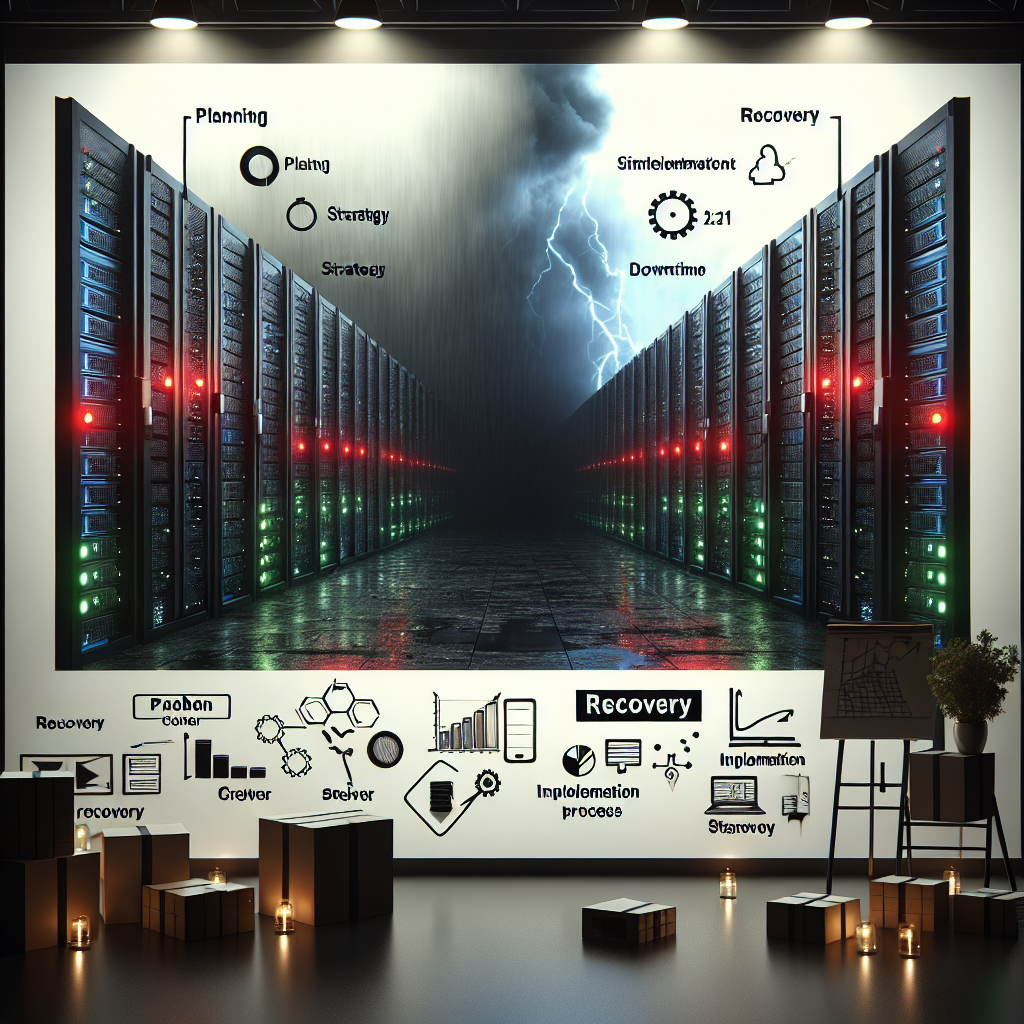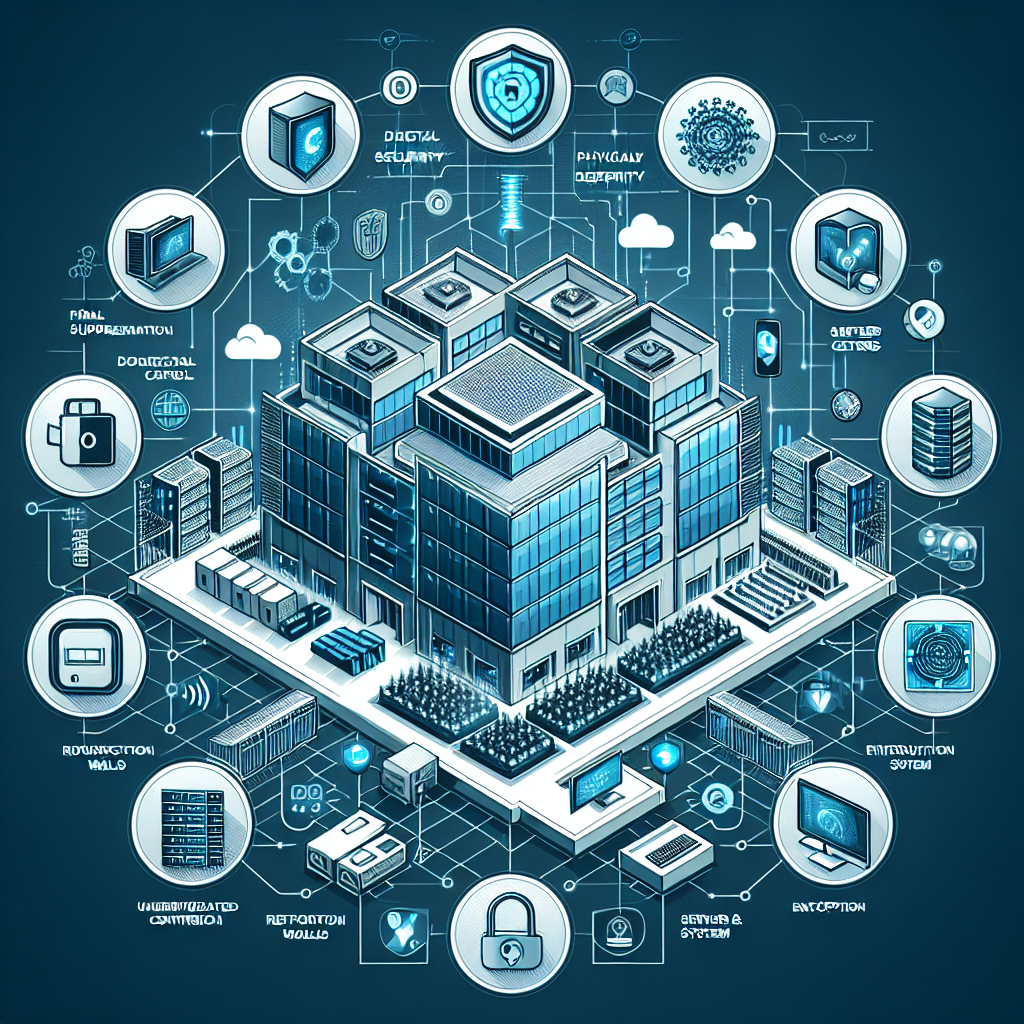Data centers are the backbone of the digital world, powering everything from social media platforms to online shopping websites. With the increasing demand for data storage and processing power, data centers are under pressure to maximize performance while minimizing their environmental impact.
One of the key challenges facing data centers is energy consumption. According to a report by the U.S. Department of Energy, data centers consume about 2% of the total electricity generated in the United States. This high energy consumption not only drives up operating costs but also contributes to carbon emissions and environmental degradation.
To address these challenges, data center operators are turning to innovative technologies and strategies to improve efficiency and reduce their environmental footprint. One such technology is virtualization, which allows multiple virtual servers to run on a single physical server, thereby maximizing resource utilization and reducing energy consumption.
Another key strategy for improving data center efficiency is the use of energy-efficient hardware, such as servers, storage devices, and cooling systems. By investing in energy-efficient equipment, data center operators can significantly reduce their energy consumption and operating costs.
In addition to hardware upgrades, data center operators are also implementing advanced cooling techniques, such as liquid cooling and hot aisle containment, to improve cooling efficiency and reduce energy consumption. By optimizing airflow and temperature control, data centers can maintain optimal operating conditions while minimizing energy usage.
Furthermore, data center operators are exploring renewable energy sources, such as solar and wind power, to reduce their reliance on fossil fuels and lower their carbon footprint. By investing in renewable energy technologies, data centers can not only reduce their environmental impact but also insulate themselves from fluctuating energy prices.
Overall, maximizing data center efficiency while minimizing environmental impact is a complex and multifaceted challenge. However, by adopting innovative technologies, investing in energy-efficient hardware, and exploring renewable energy sources, data center operators can achieve significant improvements in performance and sustainability. In doing so, they can not only reduce their operating costs but also contribute to a more sustainable and environmentally friendly digital infrastructure.










